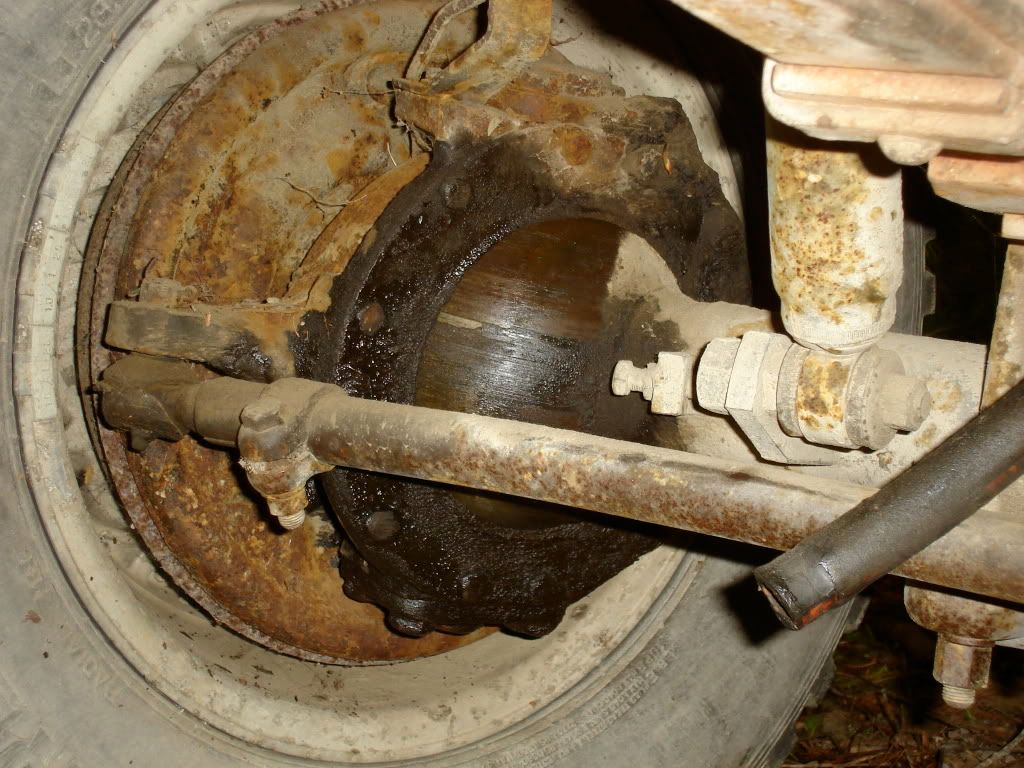I just finished pulling apart the front axle passanger side on my 50 power wagon. There was oil dripping out at the bottom of the knuckle I assume from the steering knuckle flange oil seal, and / or inner oil seal. I have a few questions.
1. The bronze bushing. What are the tolerences for the axle shaft and bushing. I want to do this right the first time.
2. The oil seal and inner driveshaft bushing. What is the easiest way to remove. Does it need to be replaced. Is it a high wear item?
3. The rollers in the steering knuckle trunnion bearing have left depressions in the race. Is it common to replace with a new bearing and race or run it the way it is.
That is all for now.
1. The bronze bushing. What are the tolerences for the axle shaft and bushing. I want to do this right the first time.
2. The oil seal and inner driveshaft bushing. What is the easiest way to remove. Does it need to be replaced. Is it a high wear item?
3. The rollers in the steering knuckle trunnion bearing have left depressions in the race. Is it common to replace with a new bearing and race or run it the way it is.
That is all for now.


Comment